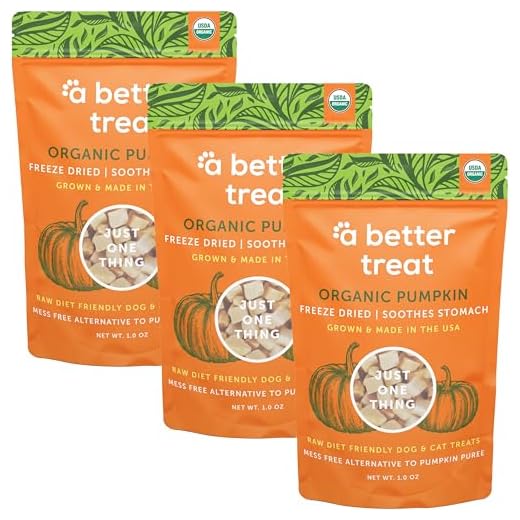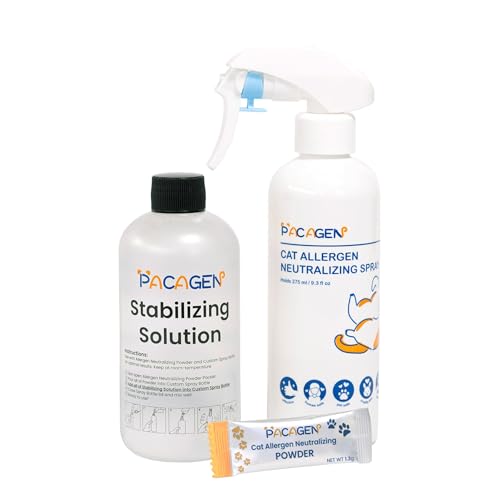

It’s a definite no for those green stalks! While my human might enjoy them in their salads, those little green onions are harmful for us furry companions. They contain compounds that can lead to gastrointestinal upset and even more severe issues like hemolytic anemia.
If you see your human chopping those fragrant greens, it’s best to steer clear. Symptoms of ingestion can include vomiting, diarrhea, and lethargy. Always keep an eye on what’s on the kitchen counter to ensure our safety.
As a Scottish Fold, I love to explore new tastes, but I’ve learned that not all foods are safe for my palate. Always stick to cat-friendly treats and consult a vet before trying anything new. Your health comes first, and you deserve the best!
Can Cats Eat Scallions?
Absolutely not! These green vegetables can be harmful and should be avoided. They contain compounds that can lead to gastrointestinal upset and even more severe health issues like hemolytic anemia. Symptoms of ingestion may include vomiting, diarrhea, and lethargy.
It’s crucial to ensure a safe diet. If you suspect ingestion, consulting with a veterinarian is essential for proper guidance and care. Always prioritize safe options for snacking and treats. Stick to approved fruits and veggies that are known to be safe for feline friends.
Understanding the Toxicity of Scallions for Felines
Scallions pose a serious health risk for my fellow furry companions. These green vegetables belong to the Allium family, which includes garlic and onions, known for their harmful effects. Ingestion can lead to hemolytic anemia, a condition where red blood cells are destroyed faster than they can be produced.
Signs of toxicity may not appear immediately. Symptoms like vomiting, diarrhea, lethargy, or abdominal pain can manifest within a few hours to a few days after exposure. If any of these occur, immediate veterinary attention is crucial.
Potential Health Risks
The Thiosulfate found in scallions is particularly dangerous. Unlike humans, our bodies cannot process this compound effectively, resulting in oxidative damage to red blood cells. This can lead to weakness, pale gums, and even collapse in severe cases.
Preventive Measures
For the safety of all four-legged friends, it’s best to keep these vegetables out of reach. Educating humans about the dangers of Allium species can help prevent accidental ingestion. Always opt for pet-friendly treats and foods to ensure a healthy diet.
Signs of Scallion Poisoning in Felines
Immediate action is needed if you suspect ingestion of this harmful vegetable. Symptoms can manifest within a few hours, so vigilance is key. Look for drooling, vomiting, or diarrhea, which may indicate gastrointestinal distress.
Weakness and lethargy are common signs, as well as a noticeable decrease in appetite. Watch for changes in behavior; if your furry friend seems more irritable or withdrawn, it might be a cause for concern.
Pay attention to any changes in urine color. Dark or red urine may signal serious health issues. In more severe cases, symptoms such as rapid breathing or an increased heart rate may appear, indicating a need for urgent veterinary care.
If your companion shows any of these signs, seeking immediate veterinary assistance is crucial. Ensure that your home is safe by using items like a scat mat for cats to help prevent access to hazardous foods.
What to Do If Your Feline Friend Nibbles on Alliums
If you find that your furry pal has sampled some alliums, take immediate action. The first step is to remain calm. Monitor your companion closely for any signs of distress or illness.
Immediate Steps
1. Remove Access: Ensure that the source of the alliums is out of reach to prevent further consumption.
2. Assess the Situation: Observe for any unusual behavior or symptoms that may indicate a reaction.
3. Contact a Veterinarian: If any signs of discomfort arise, call your vet right away. Provide details about the amount consumed and the time of ingestion.
Monitoring Symptoms
Keep an eye on the following potential signs:
| Symptom | Action |
|---|---|
| Vomiting | Notify the vet about the frequency and appearance. |
| Diarrhea | Document occurrences and inform your vet. |
| Weakness | Seek veterinary assistance immediately. |
| Pale Gums | Get professional help without delay. |
Acting quickly can make a significant difference in your pal’s well-being. Always prioritize safety and consult professionals when unsure.
Safe Alternatives to Scallions for Cats
If you’re looking for safe options to add flavor to my meals, consider the following:
- Carrots: Cooked or raw, they provide nice crunch and sweetness.
- Peas: These tiny green gems are not only tasty but also packed with nutrients.
- Green beans: A great low-calorie treat that many felines find enjoyable.
- Spinach: In small amounts, this leafy green can be a nutritious addition.
- Pumpkin: Plain canned pumpkin (not pie filling) is great for digestion and has a lovely flavor.
- Fish: Cooked salmon or tuna in moderation can be a delightful surprise.
Always introduce new foods gradually and monitor for any reactions. Consulting with a veterinarian before making changes is wise. Enjoy safe snacking!
Consulting Your Veterinarian About Cat Diets
Regular consultations with a veterinarian are crucial for maintaining a balanced nutritional plan. Each feline has unique dietary needs that must be addressed to ensure optimal health. Discuss any new food items before introducing them into the diet.
Tailored Nutritional Guidance
Vet professionals can provide personalized recommendations based on age, weight, and health conditions. They can also recommend safe alternatives to risky ingredients. Ensuring that your furry friend receives a well-rounded diet is key to preventing health issues down the line.
Monitoring Health Changes
Keep an eye on how your companion reacts to different foods. If any unusual symptoms arise after trying new dishes, reach out to a veterinarian immediately. Prompt action can prevent complications and ensure your friend stays healthy and happy.
Common Foods to Avoid for Cat Health
On my journey through the culinary world, I’ve discovered several items that are harmful to feline friends. Here’s a list of foods to steer clear of:
- Onions and Garlic: These can damage red blood cells, leading to anemia. Even small amounts can be problematic.
- Chocolate: Contains theobromine, which is toxic. Symptoms include vomiting and increased heart rate.
- Grapes and Raisins: Can cause kidney failure. Watch for signs like lethargy and vomiting.
- Alcohol: Even a small amount can lead to serious health issues, including respiratory failure.
- Caffeine: Found in coffee, tea, and some sodas, it can cause heart palpitations and hyperactivity.
- Xylitol: Commonly found in sugar-free products, it can lead to insulin release, resulting in low blood sugar.
- Raw Dough: Yeast can expand in the stomach, causing pain and potentially life-threatening conditions.
Always ensure your furry companion has a balanced diet. If unsure about specific foods, check trusted sources or consider the best binoculars eith digital camera for a clear view of what’s safe and what’s not.








